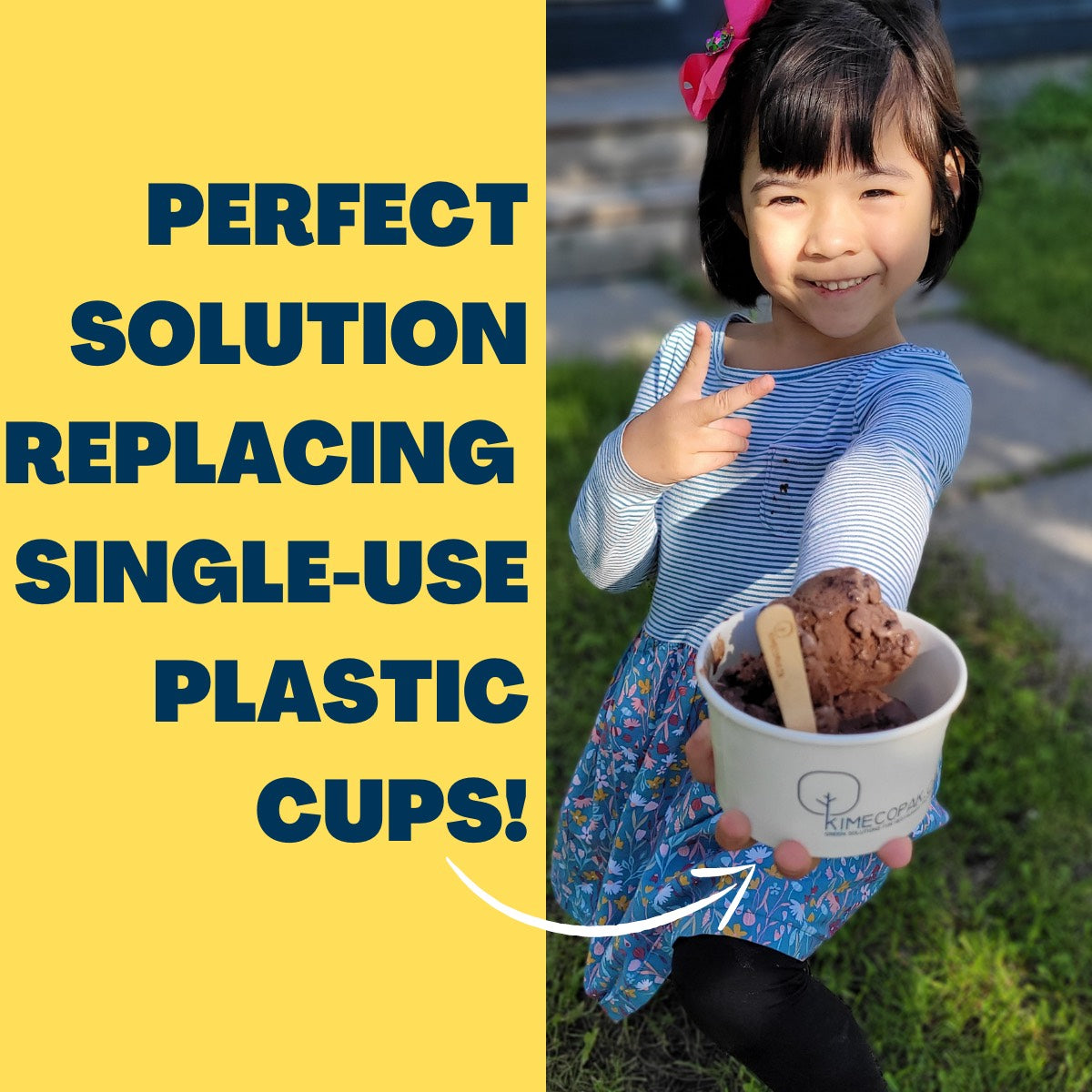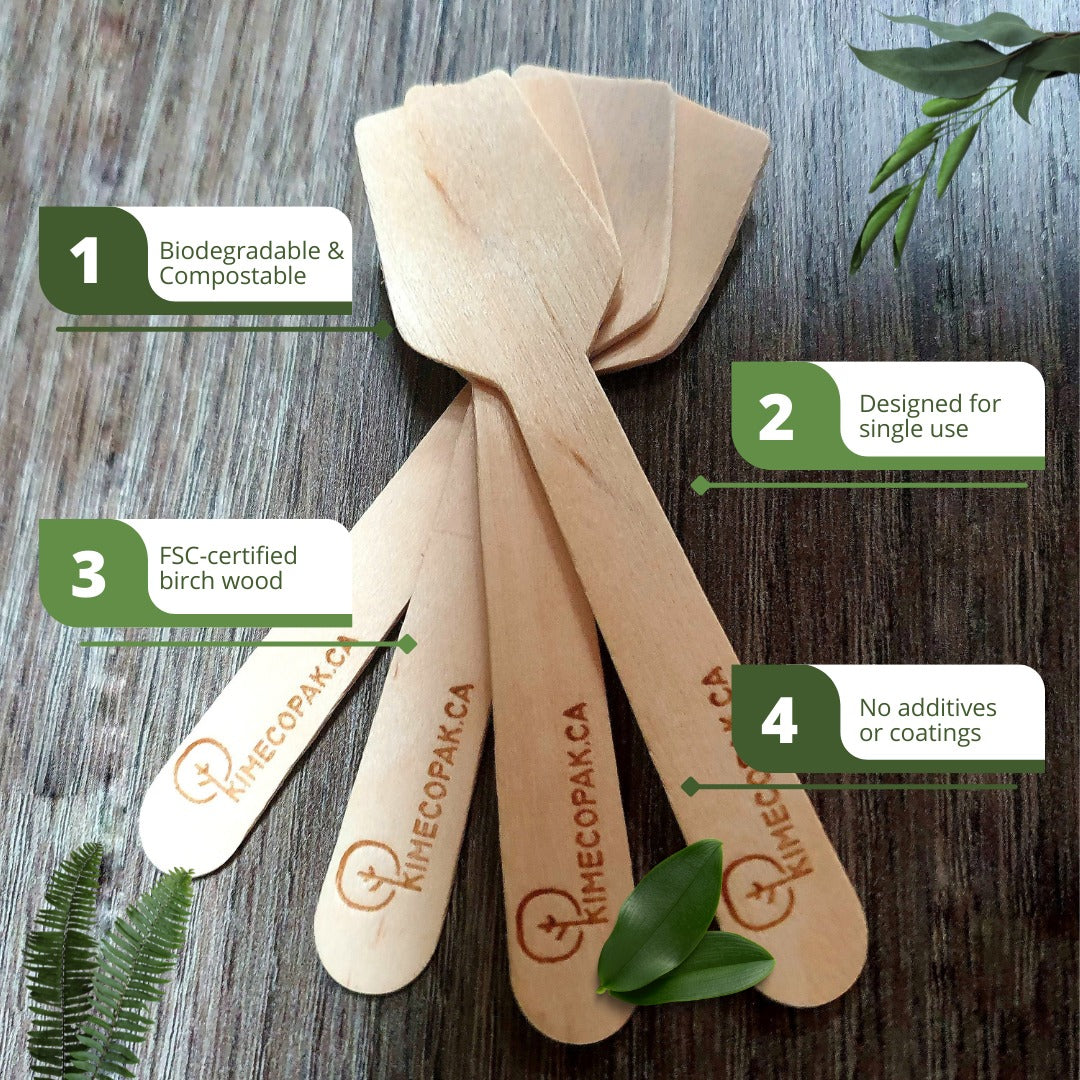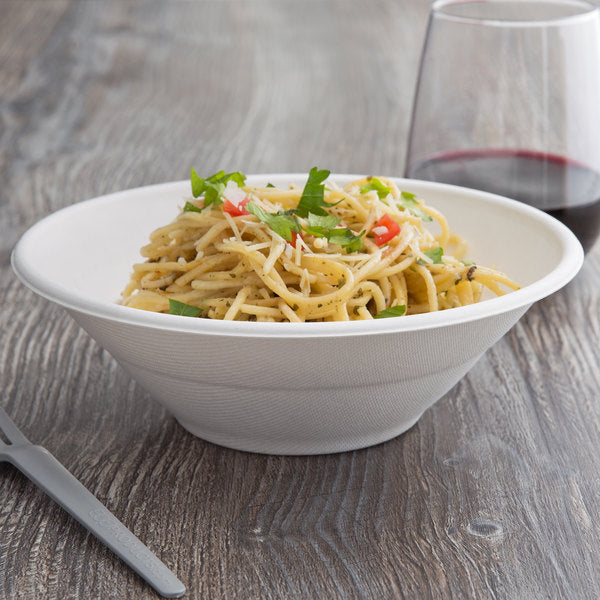Ever wondered how pizza makers effortlessly slide their creations into the oven? The secret lies in a simple yet crucial tool: the pizza peel. In this guide, we’ll explore the different types of pizza peels, how to use them, and what to look for when buying one. Let’s dive in!
- Thing to Do with Pizza Box: 15 Creative and Easy Ideas to Practice
- From Naples to New York: 9 Common Types of Pizza
What Is a Pizza Peel?
A pizza peel is a specialized tool designed to handle and transport pizza dough. It consists of a flat surface with a handle, allowing chefs and home cooks to efficiently transfer pizzas in and out of the oven.
Key Features of a Pizza Peel:
-
Flat Surface: Provides a smooth base for easy pizza handling.
-
Handle: Comes in various lengths for better control and heat safety.
-
Material: Available in wood, steel, and aluminum, each with unique benefits.
Choosing the Right Pizza Peel Material
Selecting the right material is essential for ease of use and performance. Here’s a quick comparison:
| Material | Pros | Cons |
|---|---|---|
| Wood | Traditional look, prevents sticking, durable if maintained properly | Requires maintenance, heavier |
| Steel | Excellent heat conduction, durable, thin edge for easy sliding | Can be heavy, dough may stick |
| Aluminum | Lightweight, non-stick options available, affordable | Less durable, lower heat conduction |
Pro Tip: If you’re a beginner, a wooden peel is great for prepping, while a metal peel works best for launching into the oven.
Choosing the Right Pizza Peel Size
Selecting the right size ensures you can easily maneuver your pizzas. Consider:
-
Small pizzas (up to 12") – 12-inch peel
-
Medium pizzas (12-14") – 14-inch peel
-
Large pizzas (14-18") – 16-18 inch peel
How to Use a Pizza Peel Like a Pro
-
Prepare the Peel: Lightly sprinkle with flour or cornmeal to prevent sticking.
-
Shape the Dough: Stretch the dough to the desired size before transferring.
-
Launch the Pizza: Place the peel at an angle and use a quick motion to slide the pizza into the oven.
-
Retrieve the Pizza: Use the peel to scoop the cooked pizza out smoothly.
Pro Tip: If the dough sticks to the peel, gently shake it to loosen or add more flour.
Maintaining Your Pizza Peel
-
Wooden Peels: Clean with a damp cloth, avoid soaking, and apply mineral oil periodically.
-
Metal Peels: Wash with warm, soapy water and avoid abrasive scrubbing.
-
Silicone Peels: Dishwasher-safe but check manufacturer guidelines.
Storage Tip: Hang your peel on a wall hook or store it flat in a dry place to prevent warping.
Pizza Peel Alternatives
While pizza peels are the go-to tool, other options include:
-
Pizza Paddles: Thicker than a peel, often with perforations for crispier crusts.
-
Pizza Spatulas: Smaller, suitable for flipping or lifting pizza slices.
Top-Rated Pizza Peels to Consider
Based on user reviews, here are some highly recommended options:
-
Ooni 14” Perforated Pizza Peel – Great for home pizza ovens.
-
New Star Foodservice Wooden Pizza Peel – Classic wooden option for beginners.
-
Chef Pomodoro Aluminum Peel with Folding Handle – Space-saving design.

What Size Pizza Peel Do I Need?
The size of your pizza peel should be slightly larger than the pizzas you plan to make. This will ensure that you have enough room to maneuver the dough and prevent it from spilling over the edges. Consider your oven size and kitchen space when selecting a pizza peel.
Here are some general guidelines:
- Small pizzas: A 12-inch pizza peel is typically sufficient for small pizzas.
- Medium pizzas: A 14-inch pizza peel is a good choice for medium-sized pizzas.
- Large pizzas: For large pizzas, a 16-inch or even 18-inch pizza peel may be necessary.
How to Use a Pizza Peel
Using a pizza peel requires a bit of practice, but once you get the hang of it, it becomes second nature. Here's a breakdown of the proper techniques and care tips:
Proper Techniques for Handling and Launching Pizza
- Prepare the peel: Ensure the peel is clean and dry before use. Sprinkle a light layer of flour or cornmeal onto the surface to prevent the dough from sticking. The choice of flour or cornmeal depends on personal preference and the type of pizza you're making. For example, cornmeal can provide a crispier crust, while flour can offer a smoother texture.
- Shape the dough: Once your pizza dough is ready, shape it into your desired size and thickness. Use your hands to gently stretch and manipulate the dough until it reaches your preferred shape. Remember to leave a slight rim around the edge for a traditional pizza crust.
- Transfer the dough: Carefully slide the dough onto the floured or cornmealed surface of the peel. Use a gentle, sweeping motion to avoid tearing the dough. If the dough is sticking, try sprinkling a little more flour or cornmeal onto the peel.
- Launch the pizza: Position the pizza peel near the oven. With a firm, smooth motion, slide the pizza off the peel and into the oven. Practice makes perfect! Remember to aim for the center of the oven to ensure even cooking.
Tips for Cleaning and Maintaining Pizza Peel
- Regular cleaning: After each use, clean the pizza peel with warm, soapy water. This will help prevent buildup and ensure a smooth surface for future use. For stubborn stains, you can use a mild abrasive, such as baking soda.
- Avoid soaking: Prolonged soaking can damage wooden peels. Instead, wipe them down with a damp cloth and allow them to air dry.
- Wooden peel care: To maintain the condition of wooden peels, apply a light coat of mineral oil periodically. This will help prevent drying and cracking. Remember to wipe off any excess oil before using the peel.
- Metal peel care: Metal peels can be cleaned with a mild abrasive, such as baking soda, to remove stubborn stains. Avoid using harsh chemicals or abrasive sponges that could scratch the surface.
- Silicone peel care: Silicone peels are easy to clean and can be washed in the dishwasher. However, it's recommended to check the manufacturer's instructions for specific care guidelines.

Pizza Peel Alternatives
While the pizza peel is the most common tool for launching pizza, there are other options available that can serve the same purpose. Let's explore some alternatives and when to choose a pizza peel over them.
Other Tools for Launching Pizza
- Pizza Paddle: Similar to a pizza peel, a pizza paddle is a flat surface with a handle. However, pizza paddles are often made from a thicker material, such as wood or metal, and may have a perforated surface to allow for better airflow and crispier crusts.
- Pizza Spatula: A pizza spatula is a flat, rectangular tool with a long handle. It's often used to lift and flip pizza, but it can also be used to launch pizza into the oven.
When to Choose a Pizza Peel Over Other Options
- Dough Thickness: For thicker pizza doughs, a pizza peel is often preferred due to its larger surface area and ability to provide better support.
- Pizza Size: If you frequently make large pizzas, a pizza peel is a good choice as it can accommodate larger sizes more easily.
- Ease of Use: Many people find pizza peels easier to use and maneuver than other alternatives, especially when launching pizza into a hot oven.
- Traditional Experience: If you're looking for a traditional pizza-making experience, a pizza peel is the classic choice.
FAQs
What’s the Best Material for a Pizza Peel?
It depends on your preference! Wood is great for prepping, steel for durability, and aluminum for lightweight handling.
Why Is It Called a Pizza Peel?
The term "peel" comes from the Latin word "pala," meaning spade, reflecting its shape and function.
A pizza peel is an essential tool for any pizza enthusiast. By choosing the right material, size, and maintenance routine, you’ll enhance your pizza-making experience. Whether you’re a beginner or a seasoned cook, mastering the pizza peel will take your homemade pizzas to the next level!







